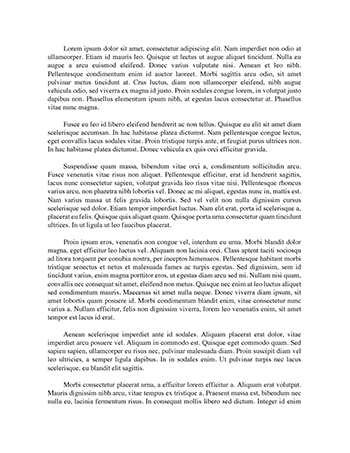mla
References cited by Early, Theresa J., GlenMaye, Linnea F
Early, Theresa J., GlenMaye, Linnea F.,Valuing Families: Social Work Practice With Families From A Strengths Perspective, Social Work, Mar2000, Vol. 45, Issue
Bhugra, Dinesh, Bhui, Kamaldeep Racism In Psychiatry: Paradigm Lost -- Paradigm Regained, International Review of Psychiatry, May-Aug99, Vol. 11, Issue 2/3
Beck, Evelyn Torton, Stepakoff, Susan (Shanee), Lesbians In Psychoanalytic Theory And Practice, Feminist Studies, Fall2000, Vol. 26, Issue 2 cited in Rock, Barry, Congress, Elaine, Social Work The New Confidentiality For The 21st Century In A Managed Care Environment, May99, Vol. 44 Issue


